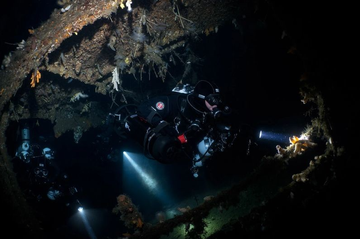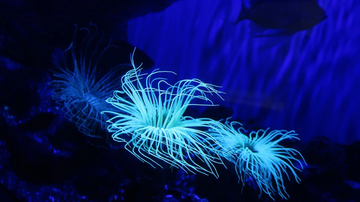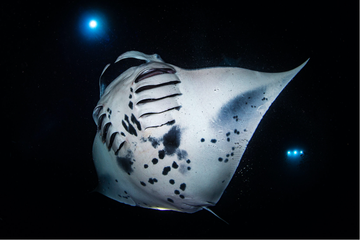Choosing and using underwater video lights can be a real headache, especially when you are just starting out. As a person who has been there, I would like to share some experiences with you in the most straightforward way.
I have been struggling with the question of whether to buy one or two underwater video lights for a long time. To be honest, when I first started playing with underwater photography, I also thought that one underwater video light was enough. But after using it a few times, I realised that there are really a lot of limitations to shooting with one light. Imagine you're holding your camera underwater—if you only have one underwater video light, you either have to be careful to keep your balance, or you can only fix it at a certain angle. Two underwater video lights, on the other hand, are much more flexible and can hold the camera steady in the middle like a sandwich. What's more, two lights can play more tricks, such as lighting from different angles or highlighting a certain detail—the results you get are completely different.
When it comes to the brightness of the underwater video light, the most common mistake that novices make is to be confused by various numbers. Just remember one thing: underwater only look at the lumen (lumen) this number, the bigger the brighter. Those underwater video lights labelled lux can be directly ignored, because they are not allowed underwater at all. I suggest at least 8000 lumens from the beginning of the underwater video light to consider, after all, a little brighter than not bright enough strong. And many underwater video lights nowadays can be adjusted for brightness, just like a table lamp at home can be dimmed, but can not be adjusted to be brighter.
Colour performance should pay attention to two figures: colour temperature and CRI. colour temperature is the degree of warmth and coldness of the underwater video light, most of the underwater video lights are between 5000-6000K, equivalent to the tone of the midday sun. CRI is the colour reproduction ability, more than 80 will be enough. Here's a tip: If you mainly shoot large scenes, the priority is to choose high brightness; if you like to shoot small fish and shrimp macro close-ups, then choose the CRI high.


Don't be cheap when buying underwater video lights. I have seen a lot of newbies buy a cheap underwater video light, the result of a few times on the water or battery does not work. A good underwater video light has solid workmanship, good waterproof performance, and after-sales service is guaranteed. Although a little more expensive, but in the long run rather more cost-effective. Just like buying diving equipment, reliable equipment can let you focus more on the shooting itself.
Lastly, let's talk about the difference between a dive light and an underwater video light. Simply put, a dive light is like a torch, with a concentrated beam that shines a long way; an underwater video light is like a diffuser, with a soft, even light. If you just dive at night, a dive light is enough. But for great photos, a professional underwater video light is a must.


Remember, there is no such thing as a perfect underwater video light, only the best choice for you. At the beginning, you can rent different models to try and find the best match for you. Underwater photography is supposed to be fun - don't let choosing equipment become a burden. I hope these experiences will help you take fewer detours and produce satisfactory work soon!






w7ia0z